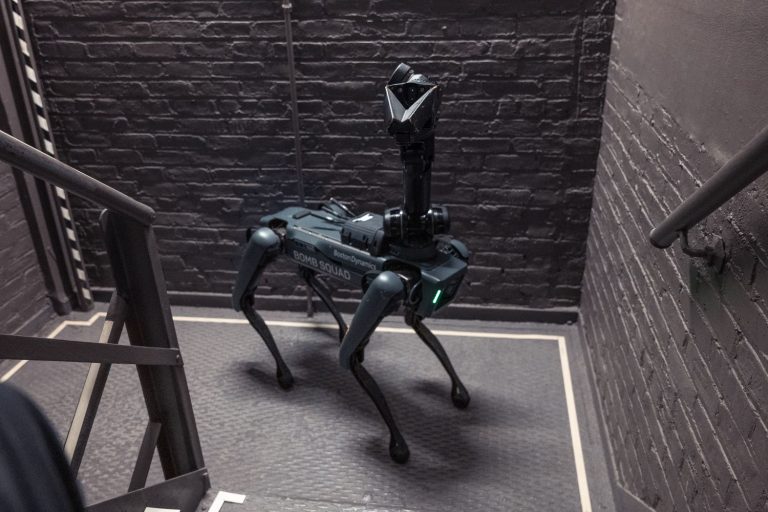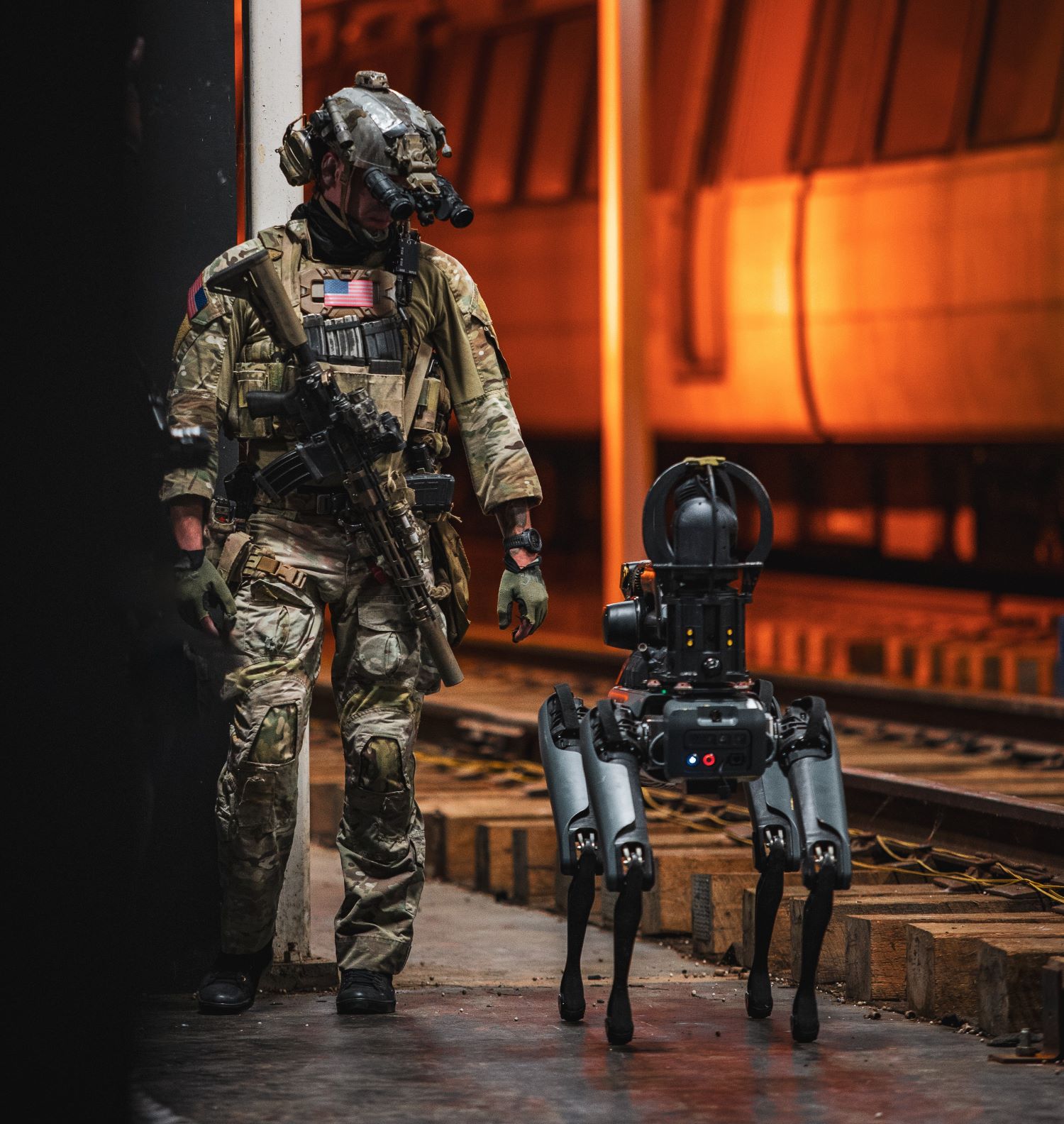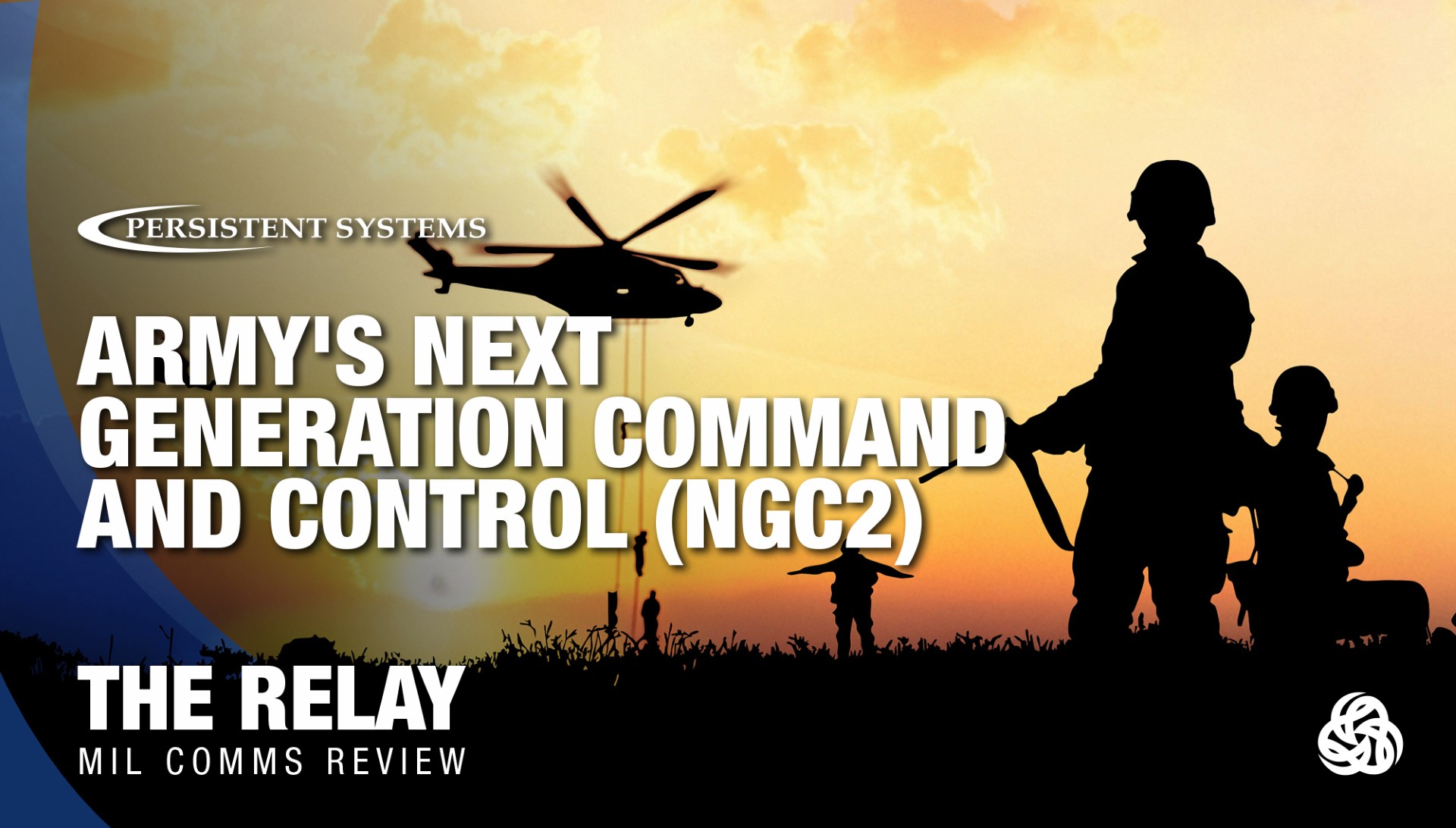At Persistent Systems, a core component of our operations includes the Wave Relay® Ecosystem, an industry alliance of unmanned systems and sensor producers that rely on the Wave Relay MANET as their preferred network for command and control. Currently, 19 companies – and counting – have joined this mission to network the battlefield and bring sensors, UGVs, UAVs, warfighters, and command centers onto a common operating picture.
One such company, Boston Dynamics, the world leader in mobile robots, joined our ecosystem in January 2023 by integrating our Wave Relay® MANET into Spot, their agile mobile robot, using the MPU5 as the communications solution This collaboration emerged from a meeting between the public sector and integrator teams at Persistent Systems and Boston Dynamics.
With Persistent’s network already deployed by various military branches and Boston Dynamics’ quadrupeds suited for numerous missions, experts from Persistent and Boston Dynamics sought to reduce warfighters’ cognitive and physical burdens. Currently, warfighters carry multiple communication systems to communicate with their team and command while simultaneously trying to accomplish the mission. This cognitive burden increases for operators of robotic systems, who are also tasked with managing the robots and carrying separate, often unreliable communication systems.
To alleviate this burden, they paired Spot with the Wave Relay MANET to enhance battlefield efficiency and warfighter safety. This high-throughput, self-forming, self-healing network keeps teams connected in complex and congested environments, regardless of the number of nodes. These networked systems are particularly useful for chemical, biological, radiological, nuclear, and explosives (CBRNE) and subterranean operations.
With some adjustments to the cabling and software, the MPU5 was quickly integrated into Spot, enabling it to stream data from multiple payloads. By incorporating Spot’s operation and its payload data on the Wave Relay MANET, the data becomes accessible not only to the warfighter controlling Spot but to everyone with an MPU5 on the same IP network. This integration reduces support manpower and refines data into a consumable intelligence package, offering warfighters a digital lifeline to simplify mission execution.
The success of this collaboration has rippled across the public safety sector, as seen during a parking garage collapse in New York City and a shooting in Massachusetts. However, bringing this solution to military operations has been challenging due to the siloed acquisition process, which centers on single-function solutions. Once a solution is acquired, it is patched together with other systems and then fielded. This patchworked system is often not interoperable, lacks reliability, and increases the physical and cognitive load on warfighters.

When companies bring a system that can provide a total solution for possible procurement, it is challenging to acquire because a multi-functional system does not meet a single requirement. The challenge is not the question of whether the system will work but that current requirements cannot conceive of it.
Thus, the acquisition process must evolve to shift towards joint-collaborative solutions and encourage more companies to collaborate in bringing enhanced capabilities to warfighters. These solutions must feature interoperable systems designed to work together seamlessly. In addition, they should require less overall equipment to reduce the amount an operator must learn, operate, and carry into the field.
While part of this change must occur within the Department of Defense (DoD), companies must advocate for collaborative solutions prioritizing warfighter performance.
The future of standardized, solution-focused requirements may not happen overnight, but as an industry, we must continue to build solutions that answer the question, “How can we better enable the warfighter without burdening them?”
# # #
To learn more about Persistent Systems, please visit our website at www.persistentsystems.com or follow us on any of our social media!
LinkedIn: Persistent Systems, LLC
Instagram: @Wave Relay
Facebook: Persistent Systems, LLC
Twitter: @PSWaveRelay
YouTube: @PSWaveRelay



